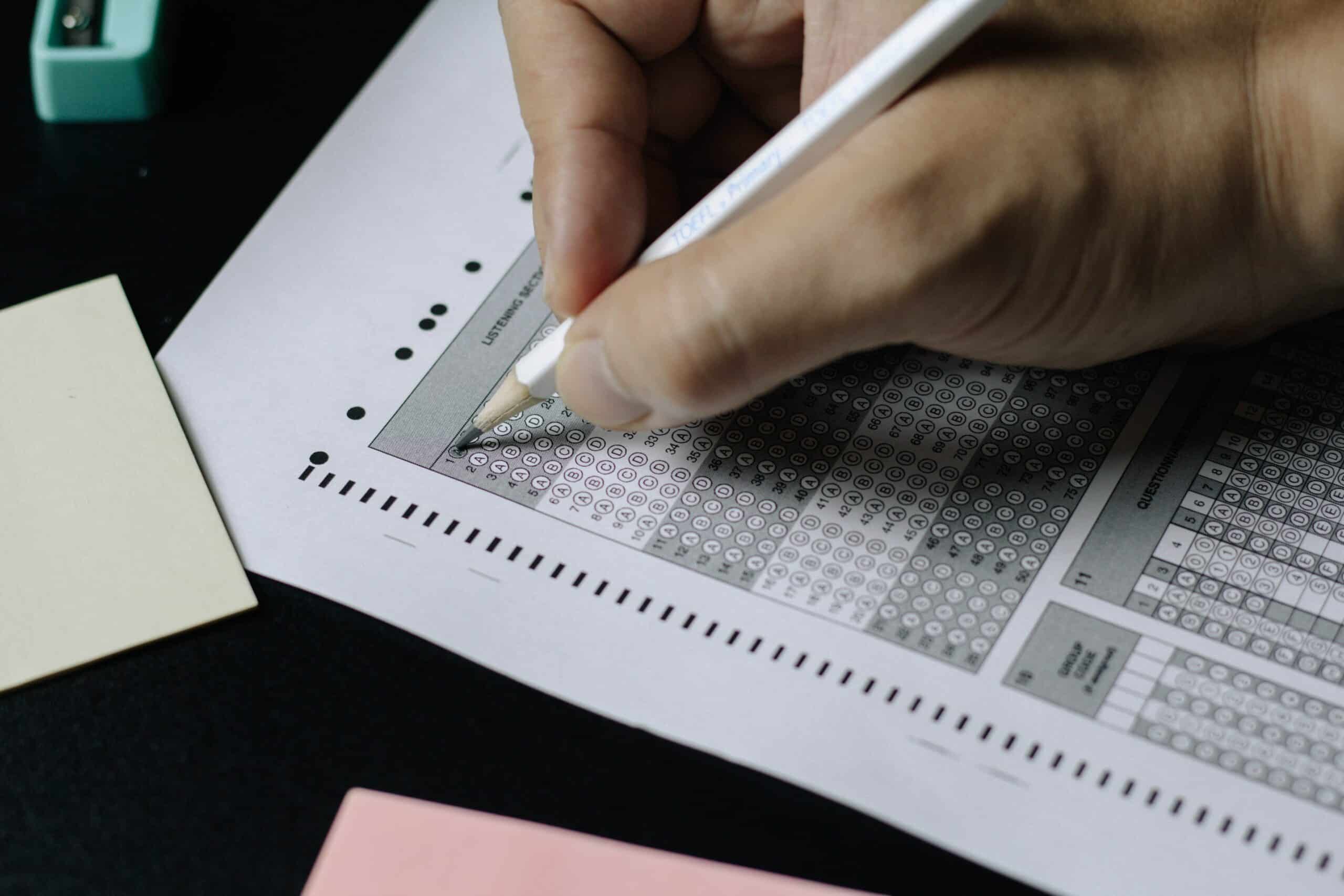
TOEFL vs IELTS: Which Test Is Right for You?
For international students looking to prove their credentials in English fluency, there are two major options for standardized tests: TOEFL (Test of English as a Foreign Language) and IELTS (International English Language Testing System). Getting a good score in one of these tests is key for admission into English-speaking universities, as well as serves as a certification that you can show to employers. However, while they are functionally similar, they each have distinguishing features that you should consider when deciding which one to take. How do you choose between the two, then? Read on to see a TOEFL vs. IELTS comparison.
Table of Contents
TOEFL vs IELTS: Differences
TOEFL
The test is made up of four sections, taken in this order:
Reading
This asks test takers to read three to four passages of 700 words each. Each passage comes with ten questions to answer. This segment runs for 54 to 72 minutes.
Listening
In this section, test takers will listen to three to four lectures and two to three conversations, then answer relevant questions. This section runs for 41 to 57 minutes.
Speaking
Test takers are given 17 minutes to speak in three different contexts, with answers being based on their opinions and experiences.
Writing
In the first section, test takers will be given a conversation to listen to and summarize. In the other, they must respond to a given topic. This segment runs for 50 minutes.
Each section is worth 30 points for a total of 120, and the test as a whole will run for around three hours. Also, the first two are graded by computer, while the latter two will have human instructors.
There are actually two versions of the TOEFL test offered, the TOEFL iBT and the TOEFL Essentials. They are structurally the same, but the latter is half the length of the iBT test and tests academic and casual proficiency of English. Therefore, its acceptance by academic institutions is not universal in the way the iBT test is.
IELTS
The test is formatted similarly to the TOEFL, in that it’s separated into the same four segments. However, the way the tests are given slightly differ.
Listening
Test takers listen to four recordings of people speaking English in various contexts, such as academic and casual conversations, then respond to questions about these recordings. This takes 30 minutes.
Reading
This involves reading three long passages from sources like newspapers and books, then answering related questions. This runs for 60 minutes.
Writing
In the first section, test takers are given a graph or chart, and asked to explain what they mean. Meanwhile, the second part is an essay in response to a given prompt. In total, this takes 60 minutes.
Speaking
This segment can be described as an interview, with an instructor asking the test taker about general topics related to themselves, and then asking them to speak about a particular given subject. This segment can be between 11 to 14 minutes long.
Test takers are then given a score of 1 to 9, with 1 displaying the least proficiency in English and 9 showing the most proficiency.
There are also two versions available of the test: IELTS Academic and General Training. Similar to the TOEFL, these are used in different contexts, with the former being preferred for admission to universities.
How to Decide Which Test to Take
With these factors in mind, consider your preferences for taking tests. First, don’t think of difficulty as an objective factor when deciding. Neither has been proven to be more or less difficult than the other. Either way, they’ll demand the same amount of commitment from you.
One formatting difference that is worth considering is that TOEFL items tend to be given in multiple choice questions, whereas IELTS items can come in many forms like multiple choice, matching type, and sentence completion. If you prefer having defined options for your answers, that could be a point in TOEFL’s favor.
Another difference is that the IELTS tends to draw from a wider range of sources when it comes to texts. For example, the reading test can pull material from magazines or newspapers. The TOEFL, in contrast, prefers giving academic texts for test takers to analyze. This could be something to consider when it comes to the variety of material you’re more comfortable examining.
Tips for Test Preparation
There are multiple ways you can prepare for your test of choice. For example, you can take practice tests that will give you an idea of how they’ll more than likely be presented.
These practice tests will also allow you to figure out your own strengths and weaknesses when it comes to English proficiency. Take note of which areas you struggled with and which gave you an easier time. Analyzing that will help you determine how to budget your time and attention when studying. This process is how you develop your study plan.
If time and circumstances permit it, starting your exam preparation as early as you can is always a worthwhile choice. That way, you can check your progress at regular points and adjust your study plan if necessary. For example, if you’ve been struggling much less with reading compared to before, then it might be time to prioritize a different subject that you may need more improvement in.
As these exams will test your English fluency in multiple ways, it would help considerably to immerse yourself in the language as much as possible. You can read more books in English, watch movies, or write in the language more often. Engaging with the language in different contexts will help too, as you can familiarize yourself with the many ways specific words and phrases can be used, reducing the chance of confusion.
TOEFL vs IELTS: Which is Better?
Considering how both tests are regarded highly when it comes to English fluency credentials, only you can say which is better for you. Whichever you choose, proper preparation is still the deciding factor on whether you pass or not. A good study plan will help you stay on track when addressing your problem areas. Engaging with the language as much as possible will build your familiarity even further. Whichever test you decide to take, you have every chance of succeeding.
Sarah is an accomplished educator, researcher and author in the field of testing and assessment. She has worked with various educational institutions and organisations to develop innovative evaluation methods and enhance student learning. Sarah has published numerous articles and books on assessment and learning. Her passion for promoting equity and fairness in the education system fuels her commitment to sharing insights and best practices with educators and policymakers around the world.




